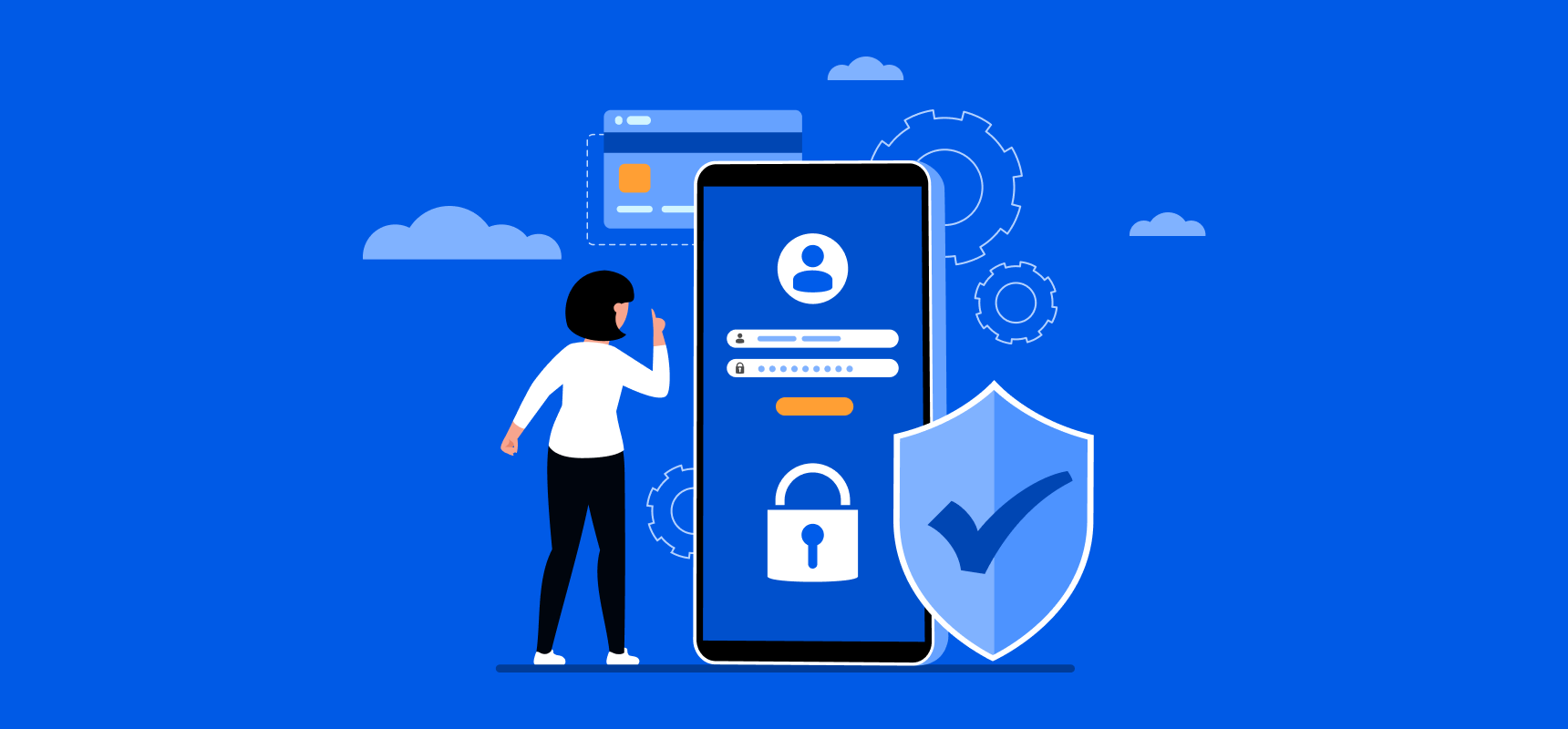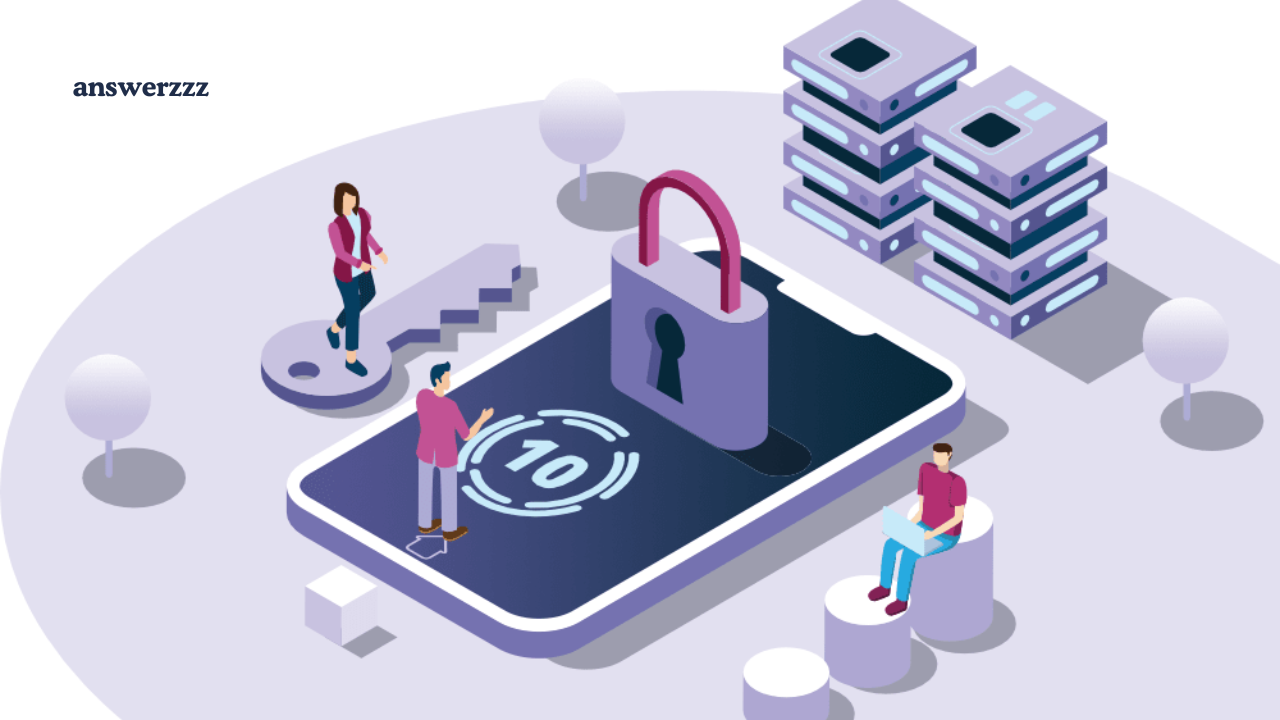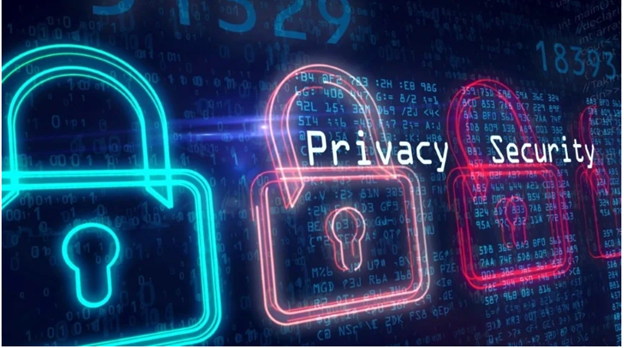In an era where our lives are increasingly interconnected and digitized, online privacy has become more crucial than ever. As technology continues to advance, so do the risks and challenges associated with protecting personal information. In 2026, the landscape of online privacy will be shaped by sophisticated cyber threats, aggressive data collection, and an evolving regulatory environment. This comprehensive guide will help you understand the latest risks and provide essential tips to safeguard your privacy online.
Why Online Privacy Matters in 2026

Online privacy is not just about protecting your data; it’s about preserving your freedom, security, and control over your digital identity. With more of our personal information available on the internet, from social media posts to financial transactions, our vulnerability to data breaches, identity theft, and surveillance has increased.
The Threat Landscape in 2026
- Advanced Phishing Attacks: Phishing schemes have become more personalized and sophisticated, using AI-generated messages that mimic trusted contacts.
- Widespread Data Breaches: Massive data breaches continue to expose sensitive information, affecting millions of users worldwide.
- Increased Surveillance: Governments and corporations are employing advanced tracking technologies, making it harder for individuals to maintain anonymity online.
- Evolving Malware: Cybercriminals use advanced malware that can bypass traditional antivirus software and security measures.
1. Use Strong and Unique Passwords
Passwords are the first line of defence against unauthorized access to your accounts. However, many people still use weak passwords that are easy to guess or reuse the same password across multiple platforms. In 2026, creating strong and unique passwords is essential.
Tips for Creating Strong Passwords:
- Use Long Passwords: Aim for at least 12-16 characters.
- Incorporate Special Characters: Include uppercase letters, numbers, and special symbols.
- Avoid Personal Information: Don’t use easily guessable information like your name or birthdate.
- Use Passphrases: Consider using a passphrase—a sequence of random words that you can easily remember but are hard to guess.
Consider a Password Manager
Using a password manager can simplify password management by securely storing your passwords and generating complex ones for you. Popular options include LastPass, 1Password, and Bitwarden.
2. Enable Two-Factor Authentication (2FA)
Two-factor authentication (2FA) adds an extra layer of security by requiring you to provide two forms of identification before accessing your account. This might include a password and a one-time code sent to your phone.
Types of 2FA:
- SMS Codes: While widely used, SMS-based 2FA is less secure due to SIM-swapping attacks.
- Authenticator Apps: Apps like Google Authenticator or Authy generate time-based codes that offer better protection.
- Hardware Tokens: Physical devices like YubiKey provide the highest level of security.
Enabling 2FA on your critical accounts (email, banking, social media) can significantly reduce the risk of unauthorized access.
3. Be Cautious with Public Wi-Fi
Public Wi-Fi networks, such as those in cafes or airports, are convenient but can be risky. These networks are often unsecured, making it easy for hackers to intercept your data.

How to Stay Safe on Public Wi-Fi:
- Avoid Accessing Sensitive Information: Refrain from logging into banking or shopping sites when connected to public Wi-Fi.
- Use a VPN: A Virtual Private Network (VPN) encrypts your internet traffic, protecting your data from prying eyes. Choose a reputable VPN service with strong encryption standards.
- Turn Off Auto-Connect: Disable automatic connection to Wi-Fi networks to prevent your device from unknowingly connecting to insecure networks.
4. Protect Your Devices with Updated Security Software
In 2026, malware and viruses have become more sophisticated, often exploiting outdated software to gain access to your device.
Essential Security Measures:
- Install Antivirus Software: Use reliable antivirus software and keep it updated to detect and remove threats.
- Keep Your Operating System Updated: Regularly update your device’s operating system to patch security vulnerabilities.
- Enable Firewall Protection: Firewalls can help block unauthorized access to your network and devices.
5. Limit Social Media Sharing
Social media platforms are a goldmine for data collection. In 2026, social media companies continue to monetize user data by collecting extensive information about your preferences, behaviour, and interactions.
Tips for Protecting Your Privacy on Social Media:
- Adjust Privacy Settings: Review and update your privacy settings to control who can see your posts and personal information.
- Be Mindful of What You Share: Avoid sharing sensitive information like your location, financial details, or vacation plans.
- Use Anonymous Accounts: Consider creating anonymous or pseudonymous accounts if you want to share content without revealing your identity.
6. Use Encrypted Messaging Apps
In 2026, encrypted messaging apps have become essential for private communication. Apps like WhatsApp, Signal, and Telegram use end-to-end encryption to ensure that only you and the recipient can read your messages.
Benefits of Encrypted Messaging:
- Protection from Eavesdropping: End-to-end encryption prevents hackers, service providers, and even app developers from accessing your messages.
- Secure File Sharing: Many encrypted messaging apps also offer secure file-sharing capabilities.
7. Regularly Review App Permissions
Many apps request access to data and features on your phone that are not necessary for their primary function. In 2026, apps often ask for permissions that can compromise your privacy.
How to Manage App Permissions:
- Audit Your Apps: Regularly review the permissions you have granted to apps and revoke any that seem unnecessary.
- Disable Location Tracking: Only allow apps to access your location when it’s essential, and disable background location tracking.
- Use Privacy-Focused Alternatives: Consider switching to apps that prioritize user privacy and collect minimal data.
8. Be Aware of Browser Tracking
Web browsers collect a wealth of information about your online activity. In 2026, browser tracking has become even more pervasive, using techniques like fingerprinting to identify users.
Tips to Reduce Browser Tracking:
- Use Privacy-Focused Browsers: Browsers like Brave or Firefox offer built-in privacy features that block trackers and ads.
- Clear Cookies Regularly: Deleting cookies can help prevent websites from tracking your browsing habits.
- Enable Do Not Track: While not foolproof, enabling the “Do Not Track” feature in your browser can help signal websites to limit tracking.
9. Consider Using a Virtual Private Network (VPN)
A VPN can mask your IP address and encrypt your internet traffic, providing an extra layer of privacy. In 2026, VPNs will be a crucial tool for anyone concerned about online privacy.
How to Choose a VPN:
- Look for Strong Encryption: Ensure the VPN uses industry-standard encryption like AES-256.
- Check the Privacy Policy: Choose a VPN provider that has a strict no-logs policy, meaning they don’t store your browsing data.
- Test Connection Speeds: A good VPN should not significantly slow down your internet speed.
10. Educate Yourself About Scams and Phishing Attacks
Cybercriminals are constantly finding new ways to deceive users. Phishing attacks have become more convincing and targeted in 2026, often using sophisticated social engineering tactics.
How to Recognize Phishing Scams:
- Look for Suspicious URLs: Check the URL of any website before entering your information. Phishing sites often use addresses that look similar to legitimate ones.
- Verify Email Senders: Be cautious of unsolicited emails, even if they appear to come from a trusted contact. Verify the sender’s email address and look for signs of phishing (e.g., urgent requests, misspellings).
- Don’t Click on Unknown Links: Avoid clicking on links or downloading attachments from unknown or unexpected emails.
11. Regularly Check Your Online Accounts for Suspicious Activity
Monitoring your online accounts is a proactive way to detect potential privacy breaches. In 2026, many services offer enhanced account activity features that can help you spot unauthorized access.
Tips for Monitoring Your Accounts:
- Set Up Account Alerts: Enable notifications for logins and unusual activity on your accounts.
- Review Account Activity Logs: Regularly check the activity logs of your email, social media, and banking accounts.
- Update Your Security Questions: Choose security questions with answers that are not easily guessable or publicly known.
12. Understand the Legal Protections for Your Privacy
Governments around the world have introduced stricter privacy regulations in response to growing concerns about data privacy. In 2026, it’s essential to be aware of your rights and the legal protections in place.
Key Privacy Laws to Know:
- GDPR (General Data Protection Regulation): This applies to individuals in the EU, providing strong data protection rights.
- CCPA (California Consumer Privacy Act): Gives California residents the right to know what personal data is being collected and to request its deletion.
- Global Data Privacy Initiatives: Many countries have implemented similar privacy laws, focusing on user consent, data access, and the right to be forgotten.

In 2026, protecting your online privacy requires vigilance and proactive measures. By using strong passwords, enabling 2FA, being cautious with public Wi-Fi, and staying informed about potential threats, you can significantly enhance your digital security. Remember, online privacy is not a one-time effort but an ongoing process. Stay up-to-date with the latest tools and practices to keep your personal information safe in an increasingly connected world.




